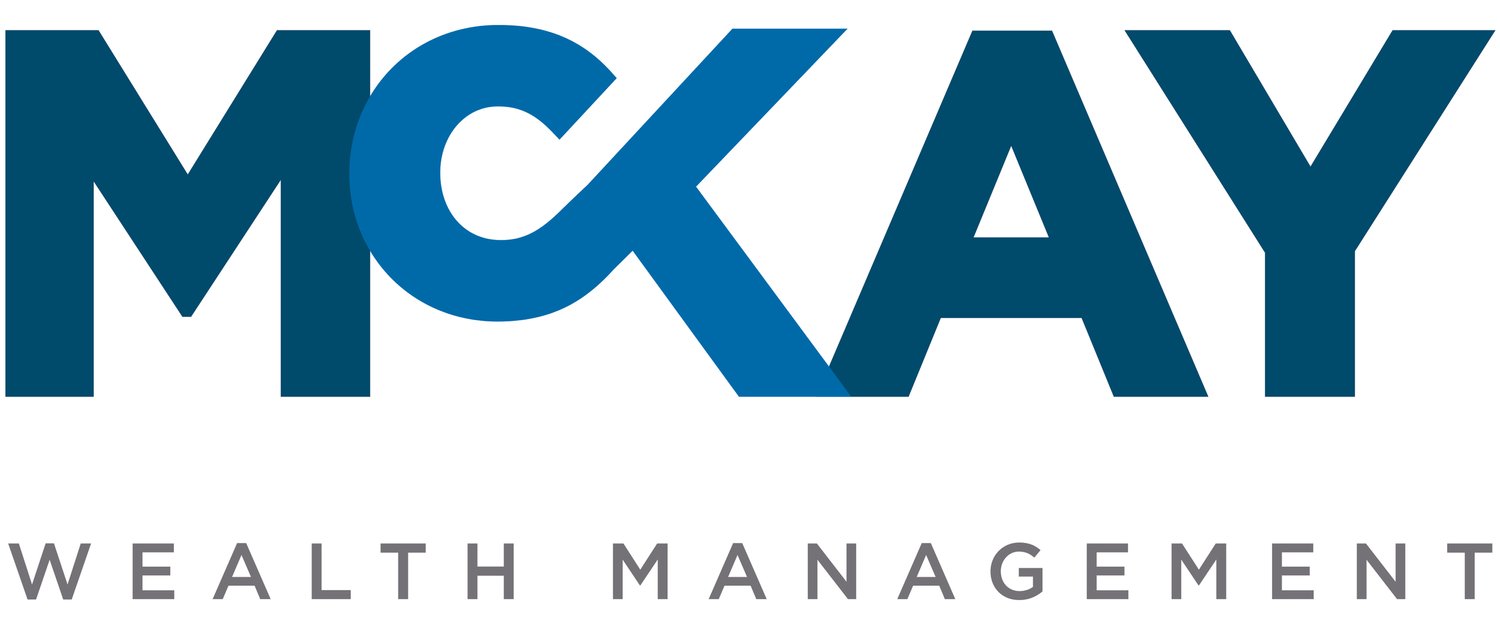Planning Insights and Strategies for 2024
Tax planning is an important consideration in maximizing your dollars. As we start a new tax year, understanding the changes in tax laws, deductions, and credits is crucial when aiming to minimize tax liabilities. Here's a brief guide of tax planning considerations for you to review this year:
Sunset of Tax Cuts & Job Act
Major tax law changes are on the horizon with the Tax Cuts & Job Act (TCJA) set to sunset in 2025. That gives you two years to take advantage of:
Lowered Individual Tax Rates: Opportunity for potential tax savings by accelerating income or deferring deductions while the lower tax brackets are in effect.
Doubled Standard Deduction: The TCJA nearly doubled the standard deduction, making it more appealing than itemizing for many taxpayers. Considering maximizing deductions before potential post-2025 reductions could be advantageous.
Increased Child Tax Credit: Families benefited from a higher Child Tax Credit. Optimizing family circumstances to maximize this credit while it's at its peak could result in significant tax savings.
Business Taxation Changes: Small business owners and corporations saw alterations in tax rates, deductions, and incentives. Utilizing these provisions strategically, like through capital expenditures or business structuring, can be beneficial before potential changes occur.
Retirement Account Contributions
Contribute the maximum allowable amounts to retirement accounts to benefit from tax-deferred growth and potential deductions.
Traditional Individual Retirement Accounts (IRAs) limits are up $7,000. Catch-up contributions for those over age 50 remain at $1,000, bringing the total limit to $8,000. For contributions to be fully deductible, income must fall below $77,000 for single filers and $123,000 for married couples filing jointly.
Roth IRAs limits are the same as traditional. Income phase-out for contributions starts $146,000 for single filers and heads of household. For married couples filing jointly, the phase-out begins at $230,000. Married individuals filing separately see their phase-out range remain at $0-10,000.
Workplace Retirement Accounts (401(k), 403(b), 457 plan) limits are rising to $23,000. Those aged 50 and older will now have the ability to contribute an extra $7,500, bringing their total limit to $30,500.
SIMPLE Accounts limits increase by $500 for 2024 allowing contributions up to $16,000.
Deductions and Credits to Leverage
Consider these areas for potential additional tax impacts:
Standard Deduction and Tax Brackets: Be mindful of any adjustments to standard deduction amounts and tax brackets, as they affect taxable income.
Charitable Contributions: Maximize deductions by donating to qualified charities and keeping detailed records of contributions. If you are over the age of 70.5 and making charitable contributions, consider utilizing Qualified Charitable Distributions (QCD) to gift directly from your IRA.
Educational Expenses: If you are assisting in education costs, explore deductions or credits for education-related expenses, such as tuition fees or student loan interest.
Homeownership Benefits: Utilize deductions related to mortgage interest, property taxes, and home office expenses if applicable.
Strategies to Minimize Tax Liability
Utilize proactive strategies to minimize your tax liability:
Capital Gains Taxes: Be mindful when selling appreciated assets. Realizing capital gains can impact your investment strategies.
Tax-Loss Harvesting: Offset capital gains with losses by strategically selling underperforming investments to minimize taxable gains.
Health Savings Accounts (HSAs): Utilize HSAs to contribute pre-tax income for qualified medical expenses, providing tax benefits.
Consider Roth Conversions: Evaluate the potential benefits of converting traditional retirement accounts to Roth accounts, potentially reducing future tax burdens.
Seeking Professional Guidance
Effective tax planning involves staying informed, leveraging available deductions and credits, and proactive tax management to minimize tax liabilities. By keeping abreast of upcoming tax law changes, utilizing deductions, and employing smart strategies, we can help you navigate the tax landscape of 2024 with confidence, ensuring optimized financial outcomes.
Remember, each individual's financial situation is unique, and seeking professional tax advice is key to crafting a tax plan that best fits your specific circumstances.
This material was developed and prepared by a third party for use by your Registered Representative. The opinions expressed and material provided are for general information and should not be considered a solicitation for the purchase or sale of any security. The content is developed from sources believed to be providing accurate information.
For a comprehensive review of your personal situation, always consult with a tax or legal advisor. Neither Cetera Advisor Networks LLC nor any of its representatives may give legal or tax advice.
